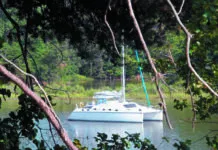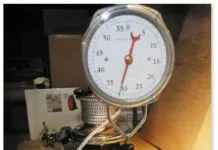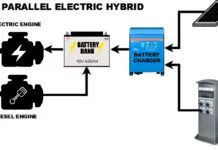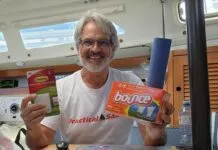Sunlight and weathering begins to take its toll as panels enter third year of exposure.
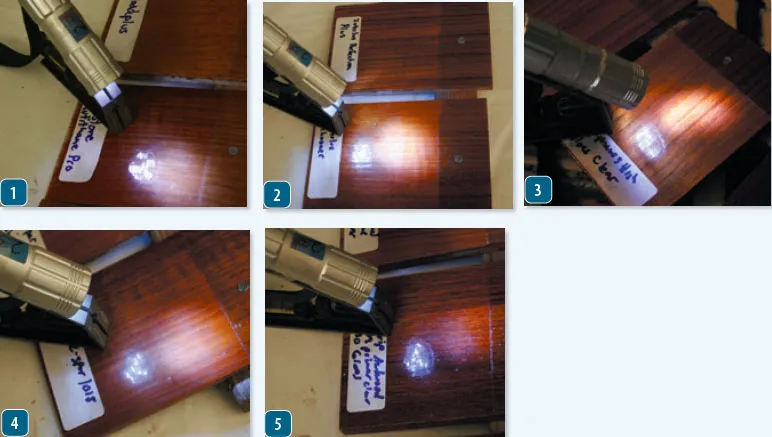
1. Bonstone Nautithane Pro
2. Interlux Schooner
3. Epifanes High Gloss Clear
4. Pettit Z-spar 1015
5. Awlgrip Awlwood J3809 Clear Primer with J3890 Gloss.
The products were applied according to maker instructions, except with regard to number of coats. To keep a degree of consistency, testers applied four coats of each product that called for more than three coats—including those that called for four, five, six, etc. coats. We did this to even the playing field in a way, as far as application, and to simplify application. That being said, in the real-world, you should always follow maker’s instructions, and skipping a required coat or two means you’re cheating the finish of some UV protection; the more coats of varnish you put on, the more protection and durability you will get.
For ease of application ratings, testers considered how smoothly the product flowed on, how complete the instructions were, and how simple the preprocess was. For example, products that did not require sanding between coats were rated higher than those that called for sanding between every coat; re-coat times, dry times, thinning, etc. all factored into the application rating.
To rate the initial gloss, testers used a multi-bulb LED flashlight in a dark room. The coated test panels that showed a sharp reflection of the separate LED bulbs rated Excellent, while those that reflected only a single light beam weren’t rated as highly. Differences were so tiny that testers resorted to a plus-and-minus rating system to denote the negligible degrees of variation in the first round of testing. After two years, the distinctions were more apparent.
For the long-term test, the panels have been mounted outside our office in Sarasota, FL on a south facing wood frame set at a 45-degree angle. Testers covered a section of each test panel to preserve its original gloss and color. This covered area provides us a baseline for comparing the finishes’ coating integrity, and their ability to retain gloss and color over time.






